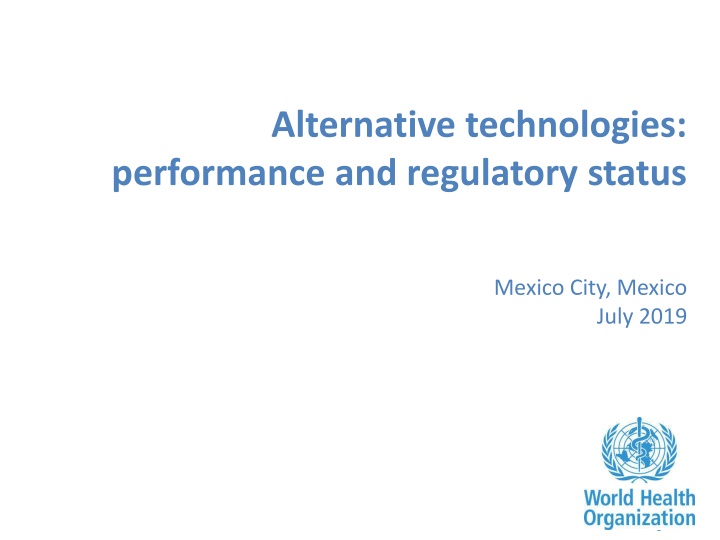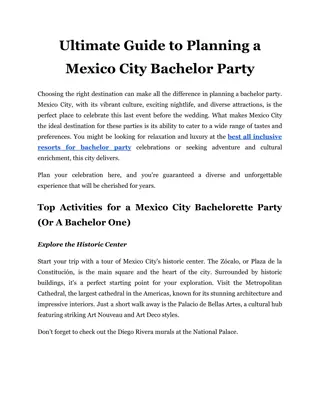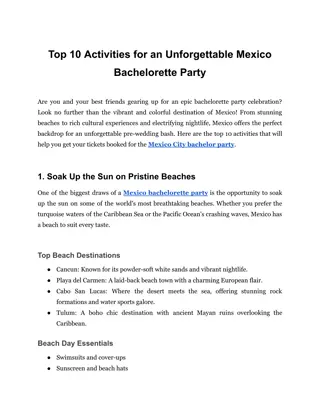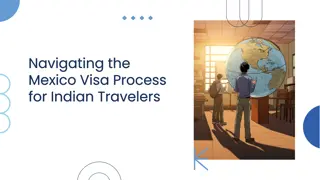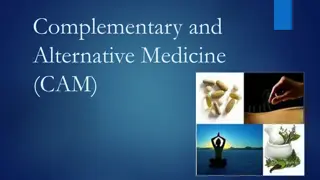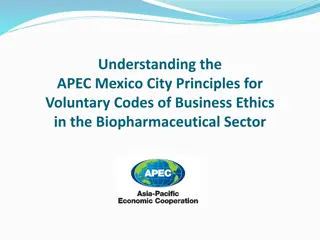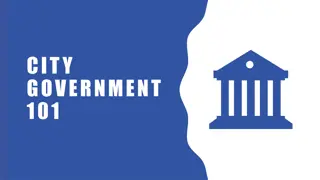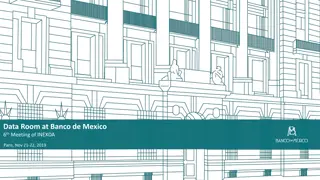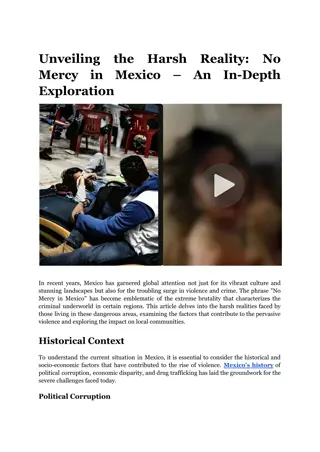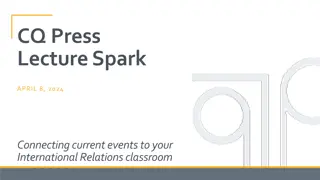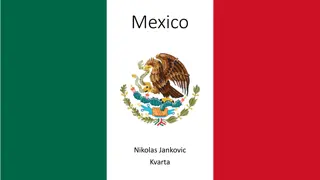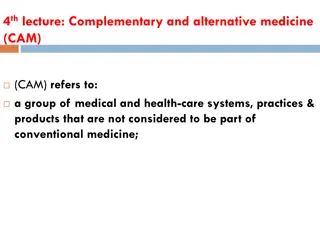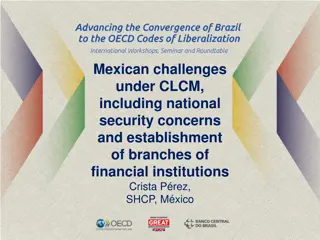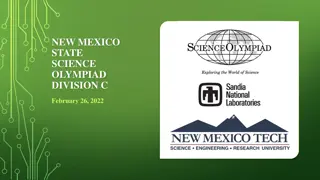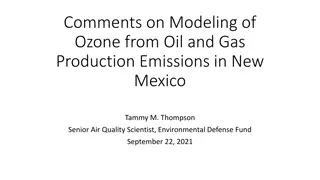Alternative Technologies in Mexico City - July 2019
In July 2019, Mexico City explored alternative technologies' performance and regulatory status. The presentation covers viral load labs, ART facilities, sample transportation, access to testing, WHO prequalified options, and various specimen types like dried blood spots and plasma preparation tubes.
Download Presentation

Please find below an Image/Link to download the presentation.
The content on the website is provided AS IS for your information and personal use only. It may not be sold, licensed, or shared on other websites without obtaining consent from the author.If you encounter any issues during the download, it is possible that the publisher has removed the file from their server.
You are allowed to download the files provided on this website for personal or commercial use, subject to the condition that they are used lawfully. All files are the property of their respective owners.
The content on the website is provided AS IS for your information and personal use only. It may not be sold, licensed, or shared on other websites without obtaining consent from the author.
E N D
Presentation Transcript
Alternative technologies: performance and regulatory status Mexico City, Mexico July 2019
Most viral load labs are in major urban centre Kenya Zimbabwe Uganda Malawi Note: this slide only reflects the PCR testing labs used for VL testing in the public sector. This excludes private PCR testing labs or those used for research purposes. Some circle represent multiple labs in the same city
and so are the largest ART facilities where patients seek care 52% [38% - 90%] of ART patients1are at facilities close to centralized labs and can transport samples within 24 hours Can be accessed using EDTA blood Require alternative strategy 1 Data based on facility level ART patient numbers Eswatini, Nigeria, Rwanda, and Zimbabwe
How quickly do we need to get samples to the lab? Abbott Hologic Roche 24 hours 8 hours Cepheid Cavidi Siemens 6 hours
So how do we provide greater access to viral load testing? Dried blood spots Dried plasma spots VL for EID Plasma Plasma preparation tubes Near POC
An increasing menu of options exists WHO prequalification: Abbott RealTime m2000 Abbott m-PIMA bioMerieux EasyQ Cepheid Xpert Hologic Aptima Roche COBAS v2.0 Siemens VERSANT
Dried plasma spot specimens Very similar to dried blood spot specimens, except spot the filter card with plasma Requires a centrifuge at the location of spotting, either health care facility or a hub
Near point-of-care viral load technologies For consideration in 2020 Consolidated Guidelines revision
What is the impact of POC VL? There is currently no WHO recommendation to use point-of-care or near point-of-care technologies for treatment monitoring; however, impact studies and implementation considerations are ongoing. Pregnant women Re- Infants and children entering care POC VL Suspected failing Advanced disease
Call for diagnostic integration As of 31 December 2018, a total of 10,562 GeneXpert instruments (comprising 47,567 modules) had been cumulatively procured in the public sector in 136 of the 145 countries eligible for concessional pricing. Additional guidance to be developed in 2019 and 2020
Conclusions We have a number of technologies and specimens at our disposal, with regulatory approvals, that can support expansion of viral load scale-up Dried blood spots Dried plasma spots VL for EID Plasma Re-focus our diagnostic thinking on how best to implement these strategies / interventions and improving the clinical-lab interface, ensuring results are being used Plasma preparation tubes Near POC Let s get viral load results into the hands of the clinicians and all recipients of care!
Acknowledgements Robert Luo, Kameko Nichols and Neil Parkin ASLM: Charles Kiyaga and Anafi Mataka CHAI: Paolo Maggiore, Maria Rosezoil Rioja and Jilian Sacks EGPAF: Jennifer Cohn USAID: Dianna Edgil, Matthew Wattleworth and Jason Williams WHO: Fatim Cham Jallow, Fausta Mosha, Mercedes Perez and Ute Stroher Link: https://apps.who.int/iris/bitstream/handle/10665/325961/9789241516211-eng.pdf
